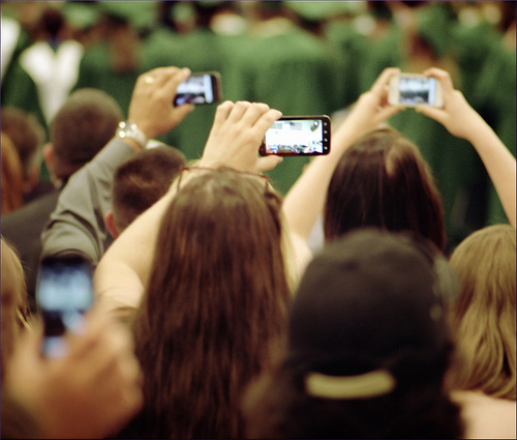Welcome to the Connected Age - a time where it's almost impossible to find someone that doesn't have a smartphone attached to their hip. Not to mention a smartwatch, tablet and laptop too. We're less than willing to admit it, but we're addicted to our gadgets. Having easy access to our friends, family and work at all times is like a dream come true for the majority of us and it's a frustrating situation when our devices decide to die. As easy as it is to head running for the closest electrical outlet, have you ever thought of the energy that is required to keep your gadget running? Or if there were some preventative measures you could take to avoid such a devastating moment?
To be constantly connected means to be constantly charging our devices. You can't email your boss from a dead phone now, can you? As newer technologies continue to roll into the market, the amount of electricity needed to power these numerous devices increases. It's important that we start to think smart and green about our charging decisions and this all begins with how we treat our devices in the first place.
Here are some things to remember when looking to prolong the battery life of your device(s):
-
Dim the Display
This is typically the number one thing that drains your battery. You have most likely noticed the correlation between the two at some point. You can easily give your battery a boost by toggling this in the settings to reflect the atmosphere around you - dimmer indoors and brighter outdoors etc. Disabling the auto brightness feature may also help, as this affects battery life as well.
-
Set Screen Timeout
It's important to have the screen of any device timeout sooner rather than later. Most screens stay lit for a specific period of time and this contributes greatly to battery drain. So in your settings, set this feature to timeout in the shortest and most reasonable amount of time possible to give your battery life a boost.
-
Avoid Flash Photography
Try to avoid taking flash photography when unnecessary. The flash tends to take up quite a bit of energy, so be sure to switch your camera flash settings to "off" when it isn't needed. The flash is commonly used when taking photos in dim or low lighting, so it's a waste to have on in an already light environment.
-
Charge on Airplane Mode
You can get the most possible charge in the shortest amount of time by switching your device to Airplane Mode during a charge. Airplane Mode disables all wireless radios (Wi-Fi, Data, Bluetooth and GPS) so that your device can focus solely on charging.
-
Close Apps
Having a bunch of activities running all at once takes a toll on any devices battery. When you're finished using an application or program, be sure to close out of it completely so that it is no longer running in the background of your device. This way, you won't accidentally have a bunch of unused apps running at the same time, which is a very common contributor to battery drain.
-
Avoid High Temperatures
Extreme heat can damage any battery, so be sure to avoid leaving your devices out in the hot sun or any other environment with high temperatures.
-
Disable Networks (Wi-Fi, Data, Bluetooth, GPS)
Although these features are what help to connect us, they don't all need to be enabled at the same time. When you're not in need of direction, turn off the GPS feature. When you're using data, disable your Wi-Fi. And when you're not using your wireless headset, turn off your Bluetooth. Learning to enable and disable these features when appropriate will make a big difference on battery life.

Switch your device to Airplane Mode for a quick charge
Be conscious of your energy use, without losing connectivity!
How often do you charge your devices? Let us know on Twitter, Facebook or Google Plus!
photo credit: DaveLawler via photopin cc

